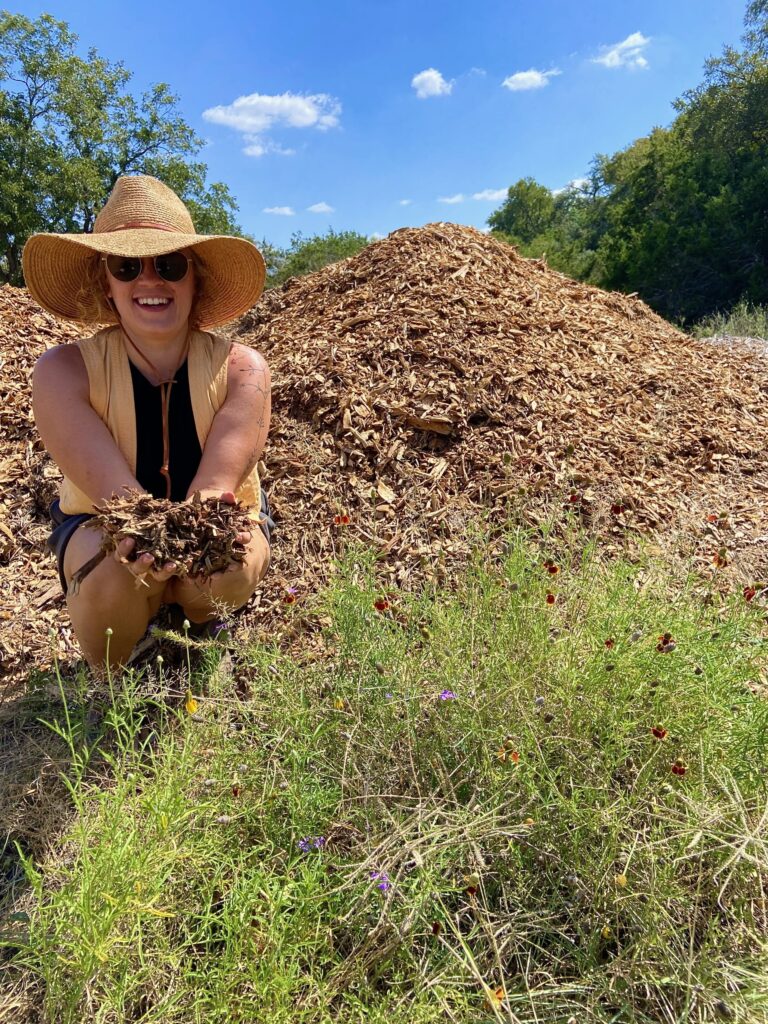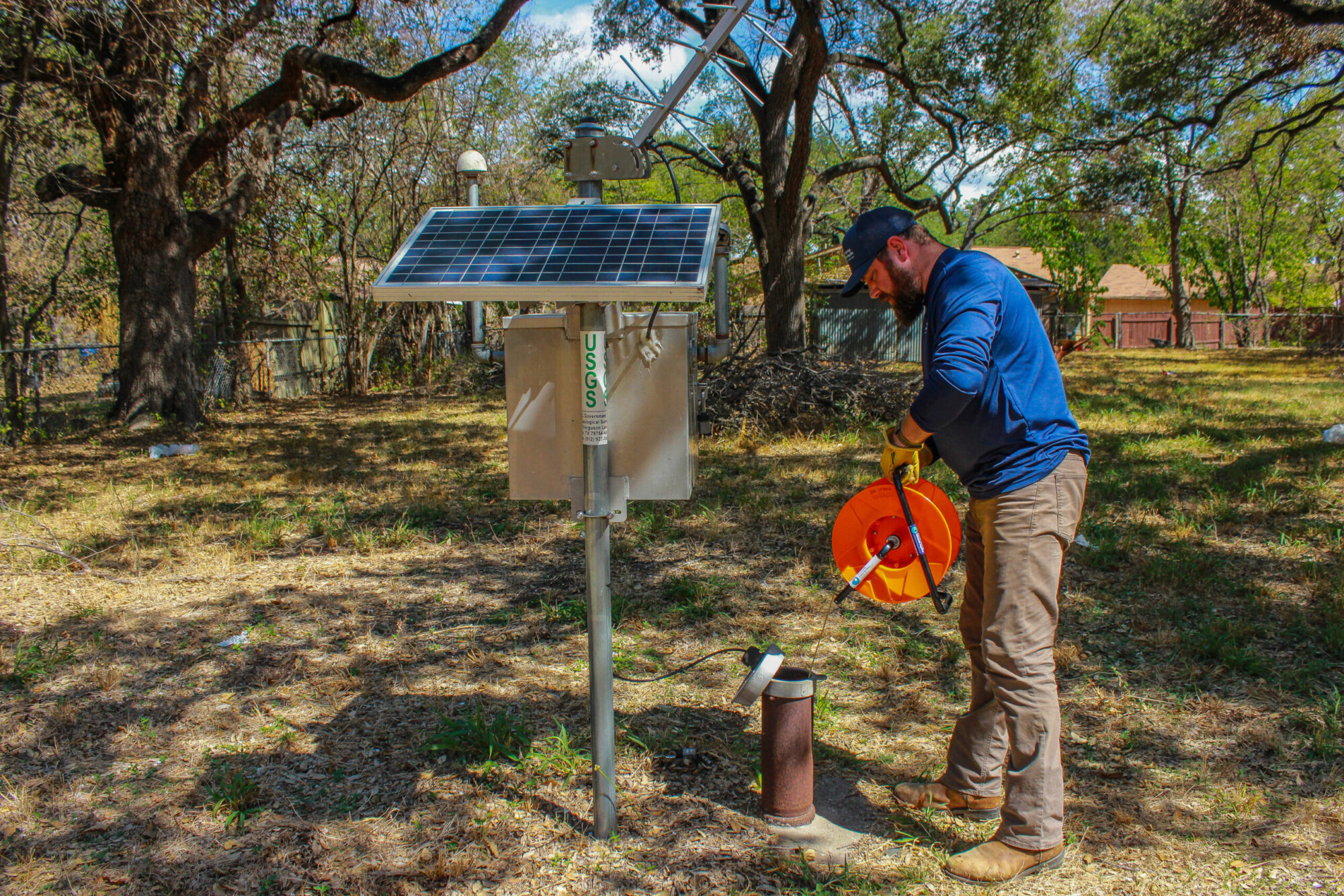The District declared Stage III Critical Drought today, October 3. This is a result of the Lovelady monitor well’s 10-day groundwater level reaching 462.6 feet mean sea level (ft-msl), which is below the District’s Stage III threshold.
September is typically our fourth wettest month with an average of just over 3 inches of rainfall. Last month the District received only about 1.3 inches, mainly in the area southwest of Austin. This 2-inch rain shortfall, combined with the month being recorded as the 11th driest and 10th warmest for the Austin area, pushed the District into a deeper drought. The month ended with an average temperature of 83.2°F, which is 2.3°F higher than the historical average.
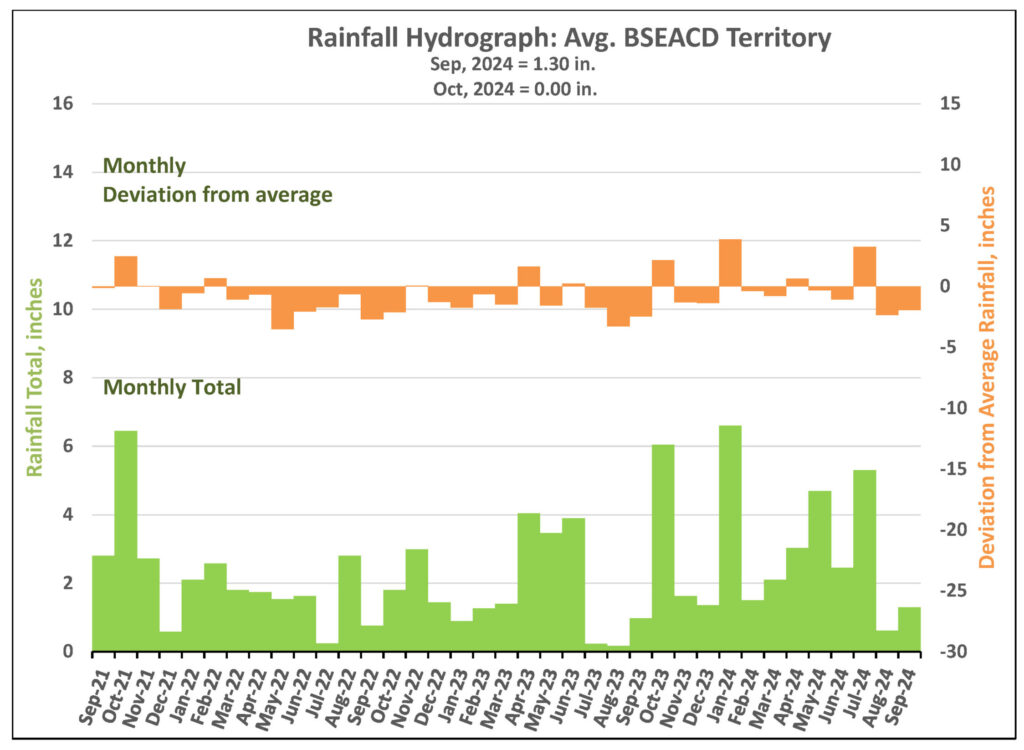
Figure 1. Monthly deviation from average and monthly total rainfall in District’s territory.
Barton Springs Flow
As of October 3, the 10-day average flow at Barton Springs is reported to be at or below 21 cubic feet per second (cfs). Although recent pool maintenance and spillway operations have influenced pool levels, which may impact the accuracy of the USGS real-time gauge, manual measurements have been used to verify the spring flow. The most recent manual measurement, taken on September 17, recorded a flow of 21 cfs. The next measurement is scheduled for October 4.
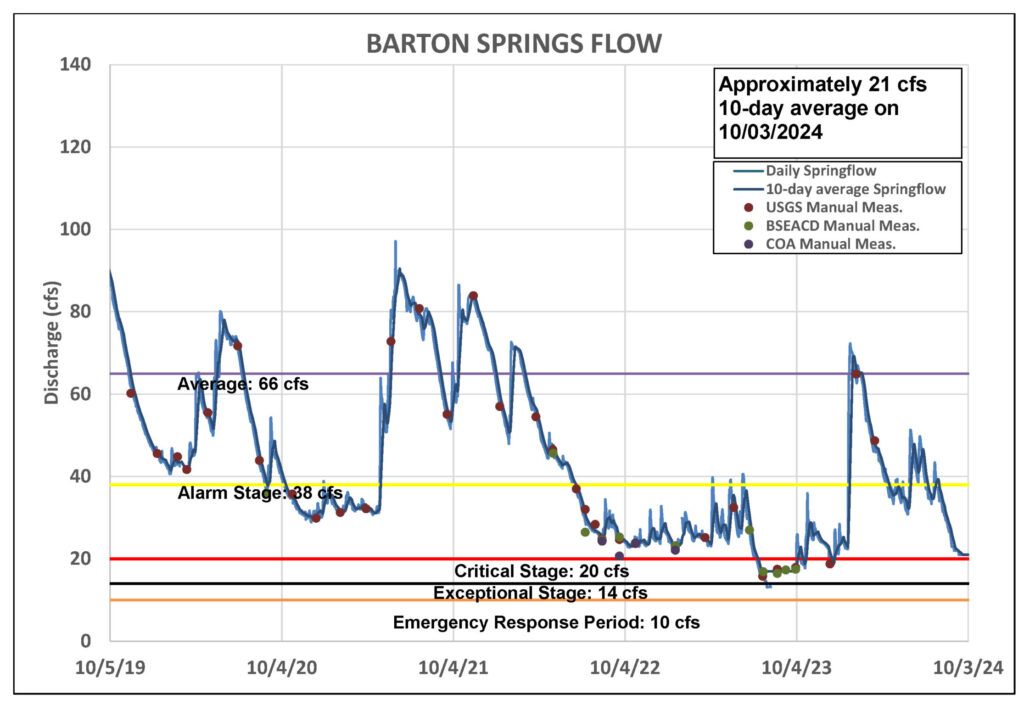
Figure 2. Barton Springs flow for the last five years.
Lovelady Monitor Well
As of October 3, the 10-day average water level at the Lovelady monitor well is 462.6 feet above mean sea level (ft-msl), which falls below the District’s Stage III threshold. As a result, the District officially declared Stage III Drought today. This will take effect on November 1.
Barton Springs flow and Lovelady groundwater levels serve as the determinants for the District’s drought stages. Only one of these sites needs to cross below a new drought threshold for a District declaration to be made. However, to exit a stage of drought, both Barton Springs and Lovelady must rise above their respective drought threshold values.
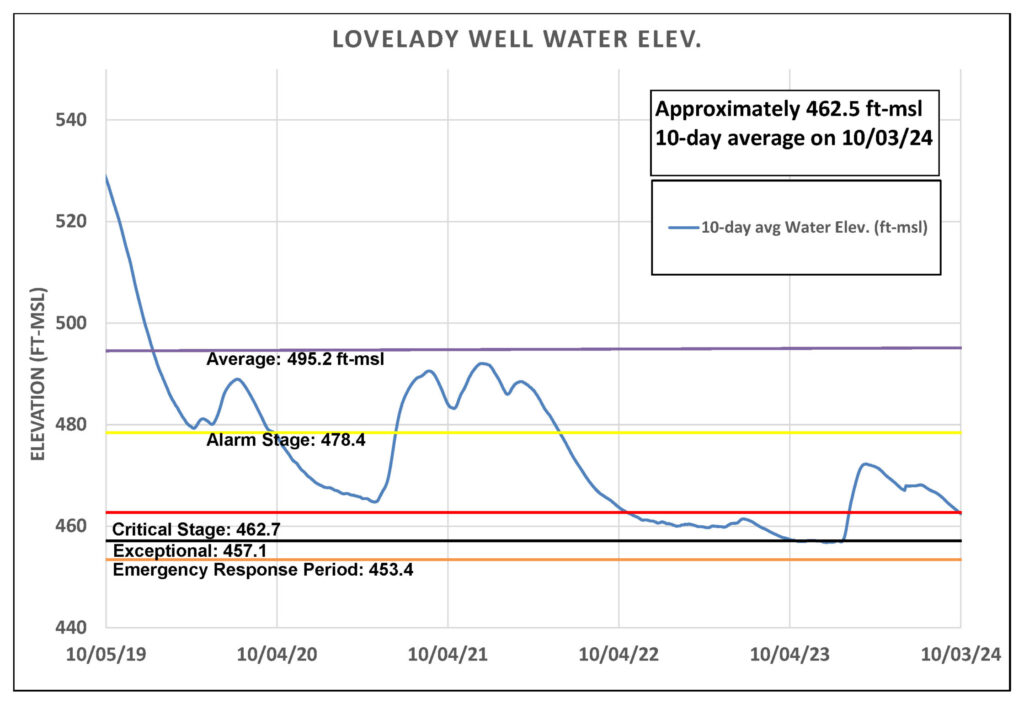
Figure 3. Lovelady groundwater level over the last five years.
Upper and Middle Trinity
The Upper Trinity Aquifer has experienced a modest decline with water levels dropping approximately 1 foot over the past month. In contrast, the Middle Trinity Aquifer has shown a more pronounced decrease with water levels falling by about 6 feet since early August.
Jacob’s Well Spring (JWS) briefly surged to 6 cubic feet per second (cfs) following nearly 2 inches of rainfall in the Wimberley Valley from September 2-4. However, since September 20, the JWS gauge has consistently reported 0.00 cfs. Similarly, the Blanco River gauge at Wimberley saw an increase in flow to about 57 cfs in early September, but it has since stabilized at levels between 3 and 4 cfs.
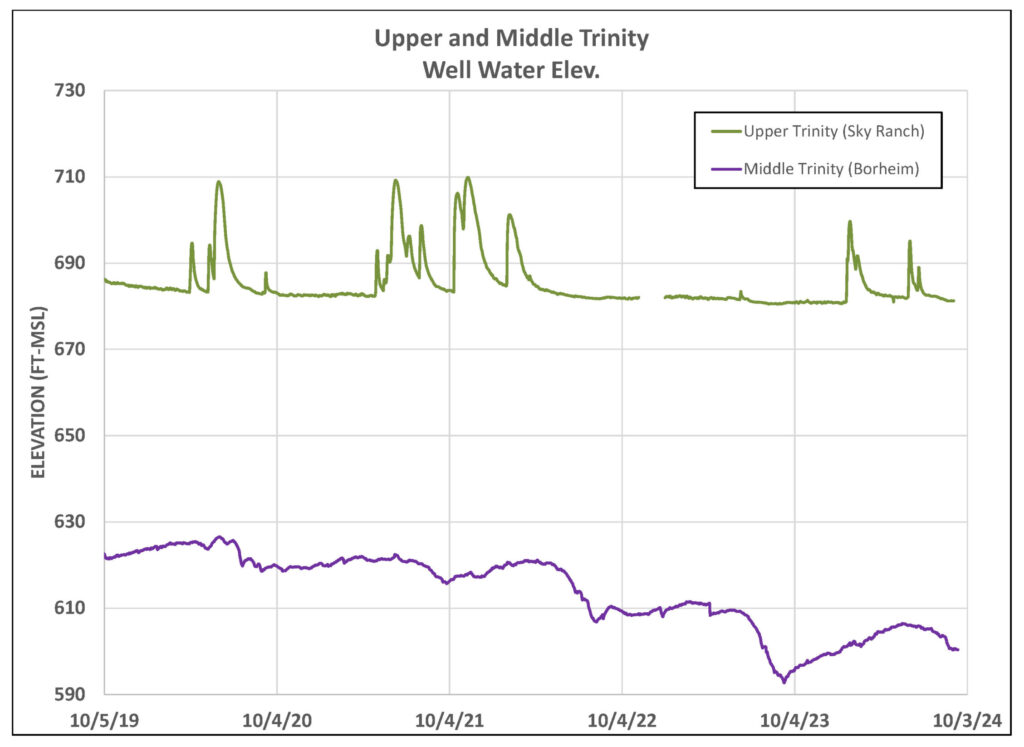
Figure 4. Water levels in an Upper Trinity well (green) and Middle Trinity well (purple) over the last five years.
Conservation: Save Water. Add Mulch
A little mulch can go a long way. The USDA defines mulch as “a protective layer of a material that is spread on top of the soil”. By using this coverage, you can reduce evaporation of moisture from the soil, reduce soil erosion (especially during heavy rains), and moderate soil temperature (cooler in the summer and warmer in the winter). While it’s commonly thought of solely as bark chips, other materials – such as grass clippings, straw, rocks, and brick chips – can also serve as mulch. Fall is a great time for planting in the Texas Hill Country, so consider adding some mulch to your garden this season.
Want to learn more? Explore the helpful resources below:
- Mulch – USDA
- All About Mulch – Lady Bird Johnson Wildflower Center
